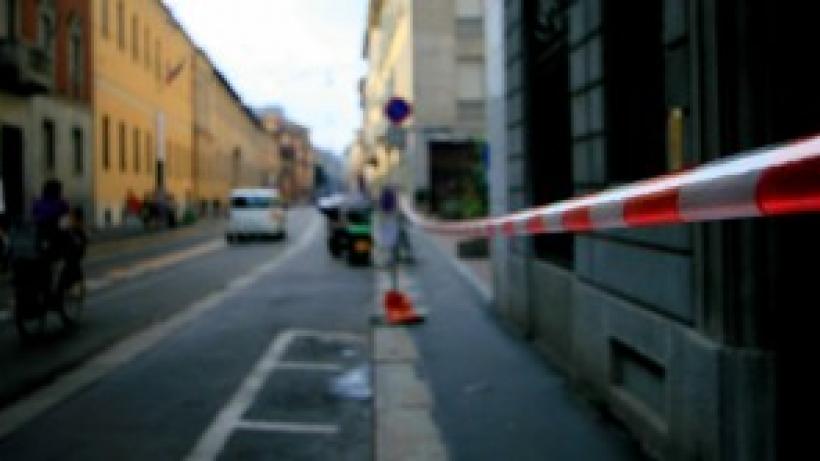
Bureaucracy intermediaries, corruption and red tape
Third-party intermediaries that help individuals and firms navigate government bureaucracy are common in developing countries. Although such intermediaries are often, anecdotally, linked with corruption, research suggests that, in some cases, intermediaries actually help improve access to the bureaucracy.
Intermediaries that assist individuals and firms with government bureaucracy are common in developing countries. In a recent paper in the Journal of Development Economics I focus on their role as time savers, and study the impact on citizen welfare and red tape, with non-trivial results. I then use the model to analyse the impact of bureaucracy reform on intermediary usage. I apply the analysis to a Brazilian bureaucracy reform that has served as inspiration for other countries.
Model of bureaucracy intermediaries
I first present evidence of the existence of bureaucracy intermediaries in different countries. Next, based on the assumption that such intermediaries are a device for time saving when interacting with the government bureaucracy, I construct a model to address several questions: What is the welfare impact on citizens – meaning the ease/difficulty in obtaining permits, licences and personal documents – as a result of the existence of the intermediary sector? What is the result on the length/complexity of licensing procedures? Under what circumstances can we expect the intermediary sector to arise? By stressing time-saving the model differs from previous papers, which have primarily focused on the role of intermediaries in facilitating rule-breaking. The final section of the paper applies the theoretical model to analyse a recent Brazilian bureaucracy reform.
In the model, government bureaucrats handle licence applications both directly from individuals, but also indirectly, through intermediaries. A surplus becomes available when individuals use intermediaries, instead of queuing at the bureaucracy or going between different offices, a surplus that bureaucrats want to capture. A straightforward and intuitive result from this analysis is that individuals using intermediaries are better off, as the surplus is basically split between individuals and bureaucrats.
Although there is a general lack of data on bureaucracy intermediaries, the paper presents some evidence, from Brazil and India, that the existence of an intermediary sector goes hand in hand with complicated licensing procedures. How does such a correlation come about, however? By studying bureaucrats’ incentives to complicate licensing procedures, I show that the “optimal” degree of complication increases when intermediaries exist, as opposed to when citizens only have the opportunity to pay “speed money” directly to bureaucrats. As a result, citizens end up with longer procedures and less gain from licensing, i.e. the previous welfare result is reversed.
In sum, the paper proposes an argument, based on time saving and intermediaries, to understand why “endogenous red tape” may arise, and establishes its (negative) impact on citizens.
One stop shops for government services
Many Brazilian states have implemented Citizen Service Centers, which are “one stop shops” for government services. In the state of São Paulo, Poupatempo (Meaning ‘Save time’) co-locates several different government authorities in the same physical building and assures a speedier treatment, such that citizens can typically resolve errands in fewer visits/less amount of time. Poupatempo units were first implemented in the metropolitan area, then in populous municipalities in the interior of the state. Almost 400 million errands, mainly related to personal documents such as ID, employment books and renewal of driving licence, have been handled since 1997.
Poupatempo was implemented in addition to the pre-existing bureaucracy, giving citizens a choice whether to use Poupatempo or the “old” bureaucracy. I use the theoretical model to show that even if the rules and regulations to e.g. renew a driving licence are the same at Poupatempo, citizens will find the services of time-saving bureaucracy intermediaries less valuable. In addition, incentives in the “old” bureaucracy to create red tape are weakened, which benefits citizens. The currently available evidence suggests that Poupatempo is likely to have considerably reduced the use of intermediaries over the last decade. Representatives from several countries, including Kenya, Mozambique and South Africa, but also from Latin American, European and Asian countries, have visited Poupatempo or implemented similar reforms.
Resistance towards bureaucracy reform
In terms of the theory presented, one could certainly imagine resistance from the bureaucrats standing to lose rents when the parallel structure is implemented. In a study entitled “Brazil is not for amateurs”, Belmiro Castor describes such efforts to block reform in the past. So how did the reform come about? Many factors, potentially context specific, may have influenced. One novel feature of Poupatempo is that it was implemented as an “institutional bypass”. The reform did not attempt to change the structure or the modus operandi of the traditional bureaucracy. Instead, a parallel structure was implemented. The duplication increased costs, but may also have decreased resistance from “old bureaucracy” interest groups of bureaucrats, intermediaries etc., although political will was indeed important to overcome such resistance.

